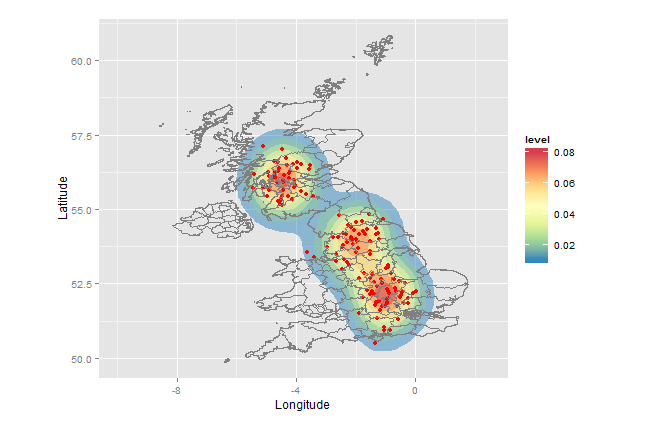Embarking on the Python journey, I began by grasping the fundamental programming logics. This provided the basis for understanding program structure and execution, akin to learning the grammar of the language.
Variables were introduced as the basic units for storing and manipulating data, laying the groundwork for more complex coding tasks. The concept of variables was compared to learning the alphabet of Python.
The use of conditional statements (if, else, elif) marked a pivotal point, introducing the decision-making aspect of programming. This knowledge was highlighted as crucial for executing code under specific conditions.
Understanding functions allowed me to compartmentalize code into reusable blocks, enhancing code efficiency and manageability. This practice is fundamental for creating scalable and maintainable Python code.
The integration of Python with Geographic Information Systems (GIS) in the “Introduction to GIS” class opened up possibilities for spatial analysis and mapping. This was emphasized as crucial knowledge for urban planning and environmental studies.

Exploring GeoPandas extended GIS capabilities, focusing on the analysis and visualization of geospatial data. This skill was deemed indispensable for spatial data science.
The Pandas library emerged as a powerhouse for data analysis projects, offering robust data structures and functions for efficient data manipulation. Pandas was highlighted as a fundamental tool for aspiring data scientists.
Learning about data visualization modules, particularly Plotly, taught the art of transforming raw data into engaging visualizations. This skill was emphasized as invaluable for conveying complex information effectively.

Handling and analyzing data from multiple sources honed skills in managing complex, real-world datasets. This capability was underscored as essential for urban technology, where diverse datasets often converge.
As I reflect on the Python journey, it has been a good introduction to the world of programming, data analysis, and GIS integration. The foundational knowledge acquired in these classes has provided me with a solid understanding, allowing me to approach various challenges with confidence.
However, I acknowledge that this is just the beginning of the learning process. There is still a vast expanse of Python’s capabilities to explore, and deeper insights to gain in the realms of data analysis and GIS applications. The journey so far has whetted my appetite for more knowledge and practical experience.
I look forward to delving deeper into advanced Python concepts, honing my skills in data analysis, and exploring more sophisticated applications of GIS in the context of urban technology. The road ahead promises continued growth and discovery, and I am eager to embrace the challenges and opportunities that lie ahead in my academic and professional pursuits.

